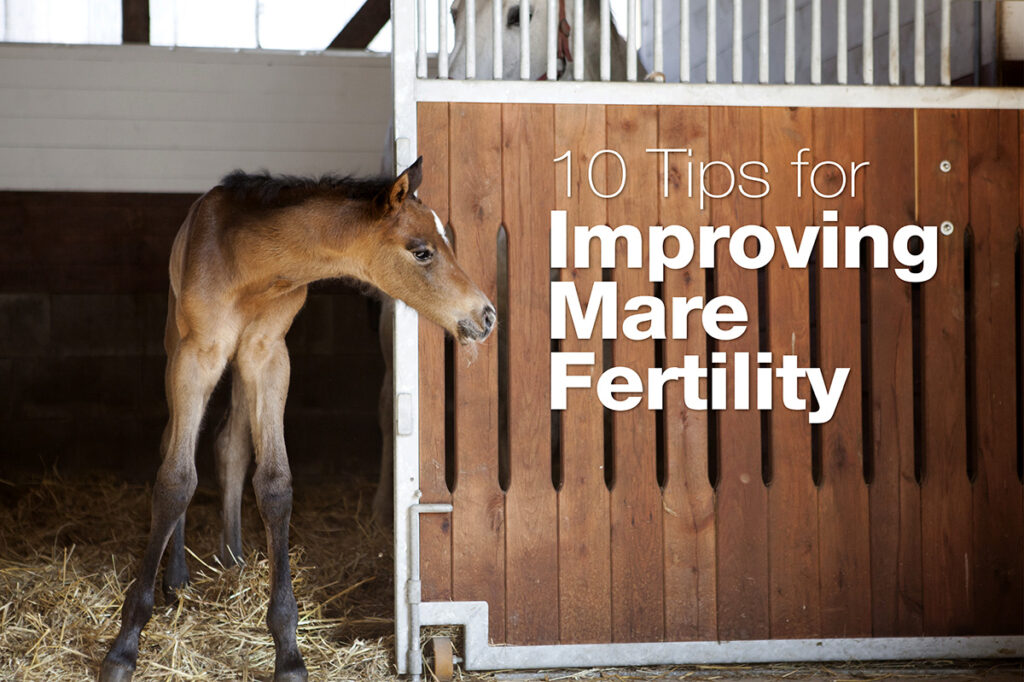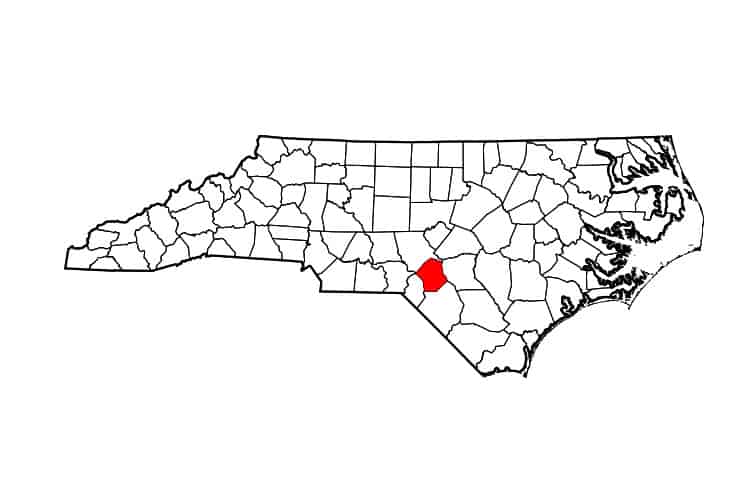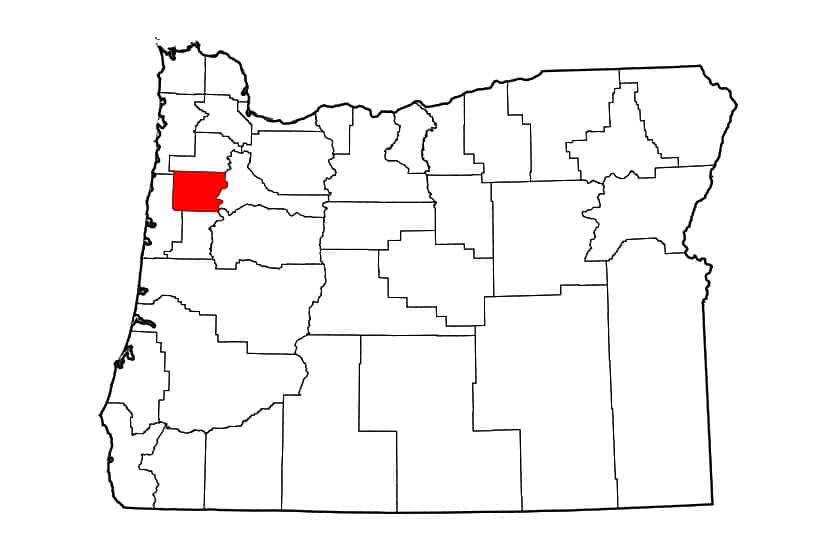
10 Tips for Improving Mare Fertility
Use this visual guide to maximize your mares’ chances of conception and a healthy pregnancy.

Use this visual guide to maximize your mares’ chances of conception and a healthy pregnancy.

Dr. Barry Ball describes what he learned as the University of Kentucky’s Clay Endowed Chair in Equine Reproduction and over his 35 cumulative years of research.

Fescue toxicosis can cause pregnancy losses and reduced reproductive efficiency in mares. Learn more in this visual guide.

Warm, wet winter weather could lead to higher ergovaline concentrations in pastures, putting broodmares at risk for fescue toxicosis.

Fifteen more horses were exposed.

Here’s a look at the ordinary, as well as not so ordinary, ovarian abnormalities you might encounter in your broodmares.

The affected horse was diagnosed after presenting with fever and signs of colic.

Study: A broodmare’s fertility appears to decrease slowly over the years, on a downhill slope that follows her number of breeding years, and not just her age.

The Horse: Your Guide to Equine Health Care and Butterfly Network have partnered to bring our audience educational content about equine pregnancy during the week of Dec. 13.

Both affected equids reside at an Oregon rescue facility where 29 more equids were exposed.

Two of the four affected horses have been euthanized.

The horse’s facility is under voluntary quarantine following the positive test.

Six outbreaks of CEM, an internationally reportable disease, have occurred in the United States in the past 15 years.

Here’s how to tell whether a broodmare is going into labor or experiencing colic-associated pain.

Study: Horses’ arteries grow thicker and harden with age, making them more prone to rupture.

The 2-year-old Quarter Horse had recently returned from a show in Fort Worth, Texas.
Stay on top of the most recent Horse Health news with
"*" indicates required fields